In Heaven, Everything is Fine – Basel, ’09
Sean Smuda returns to Art Basel-Miami for a second year to report on the fair for mnartists.org. Read on for his highly entertaining, trenchant take on this year's offerings and to see his extensive photo essay on the "carnage and triumph" of Basel '09.
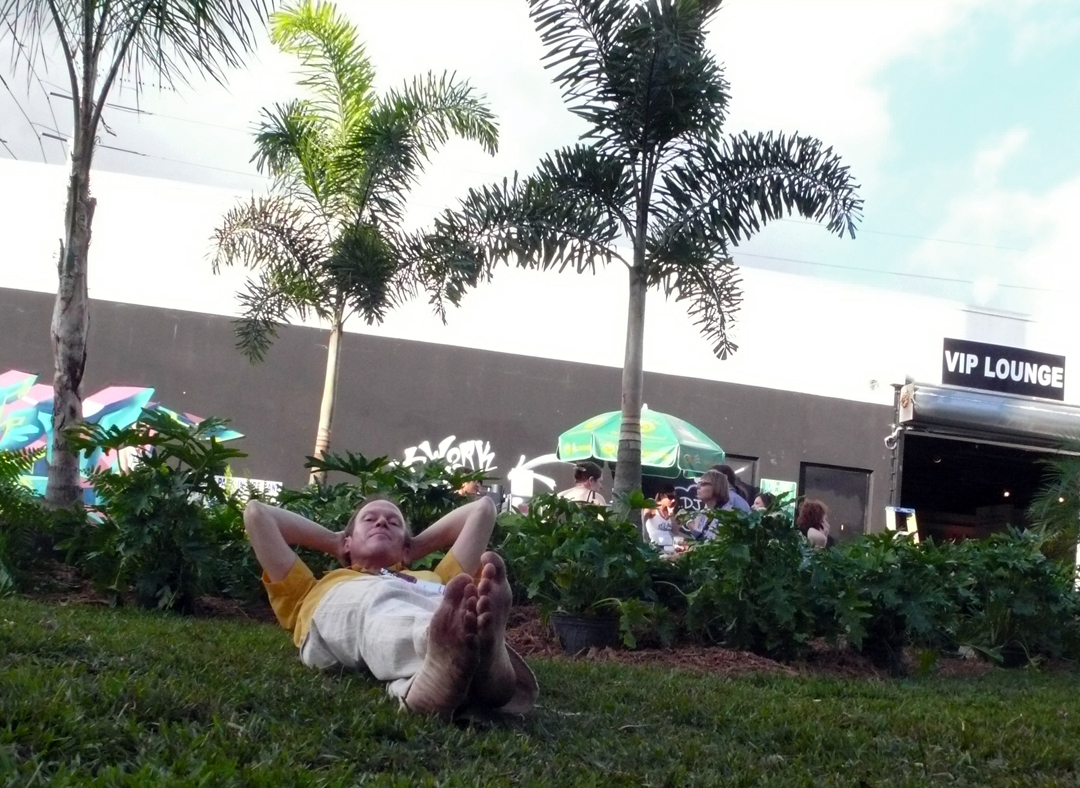
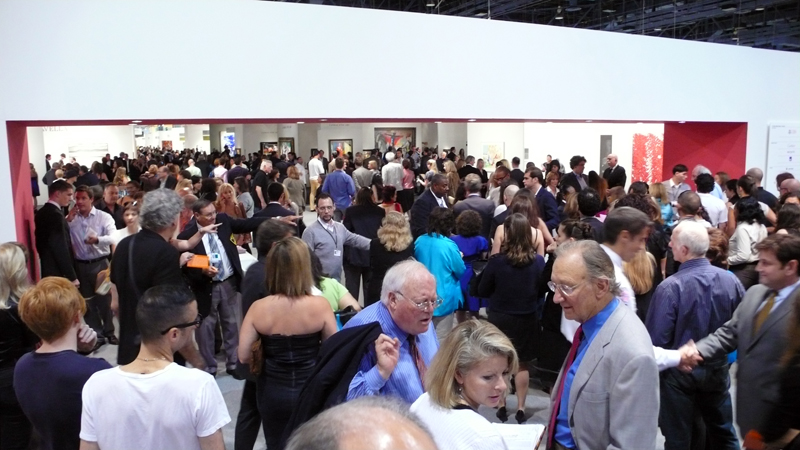

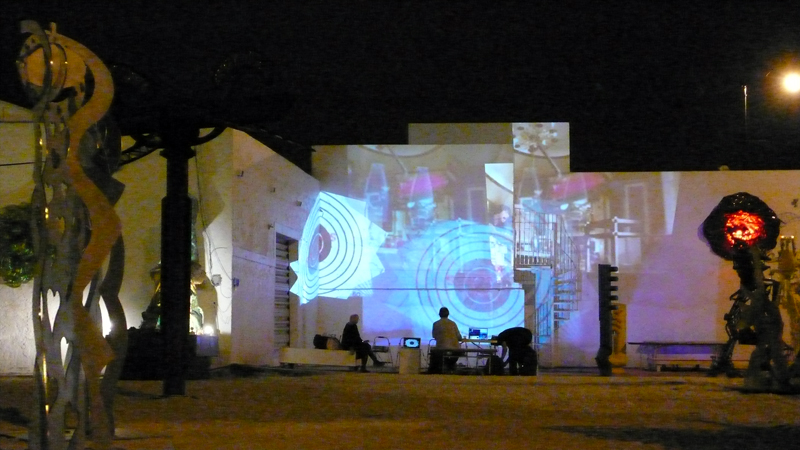
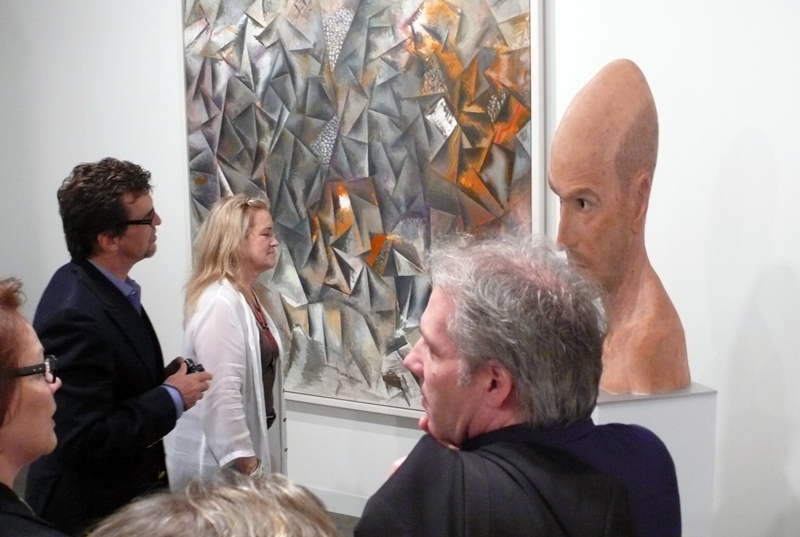
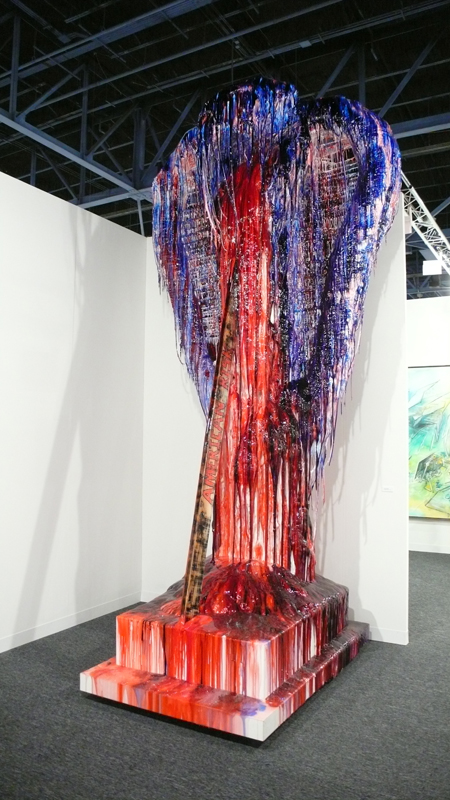
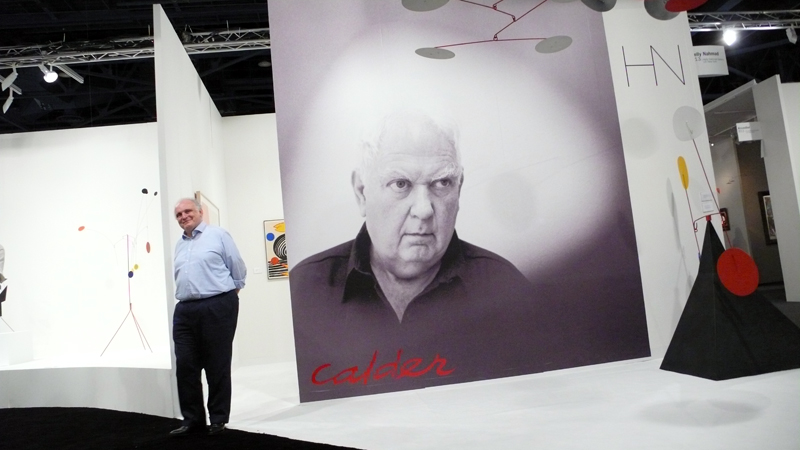
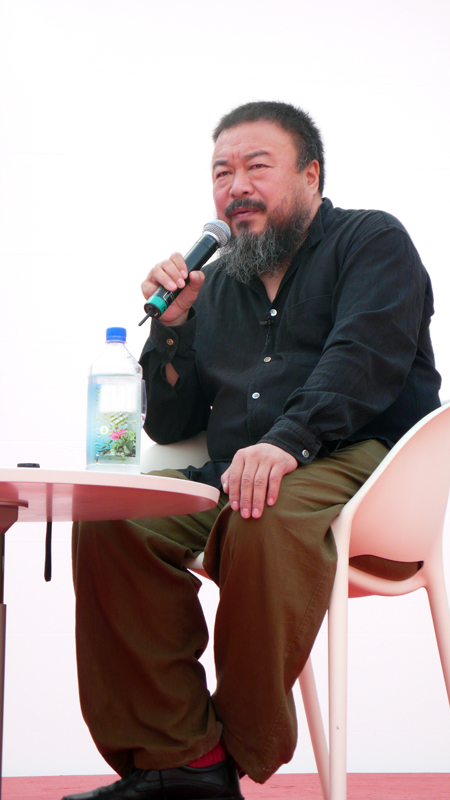
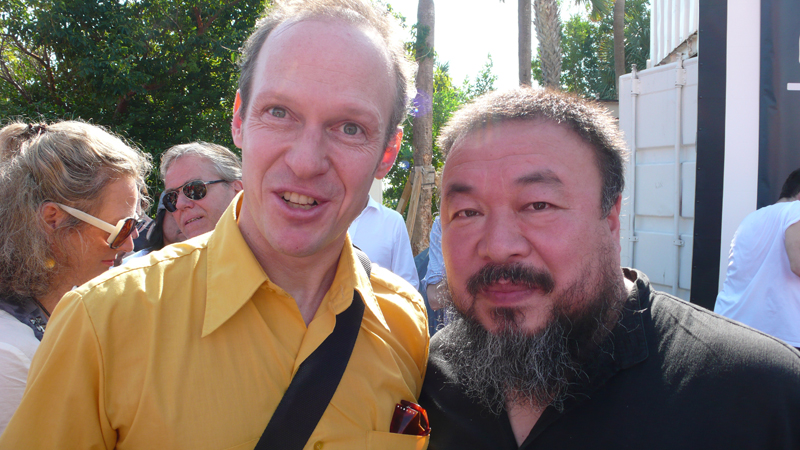
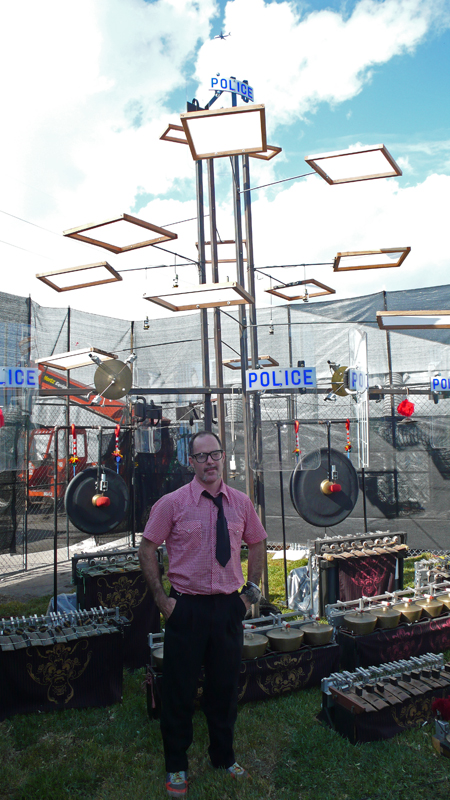
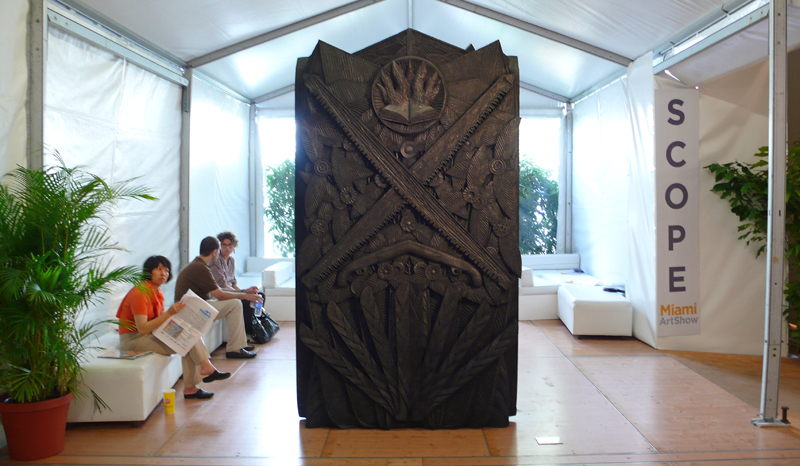
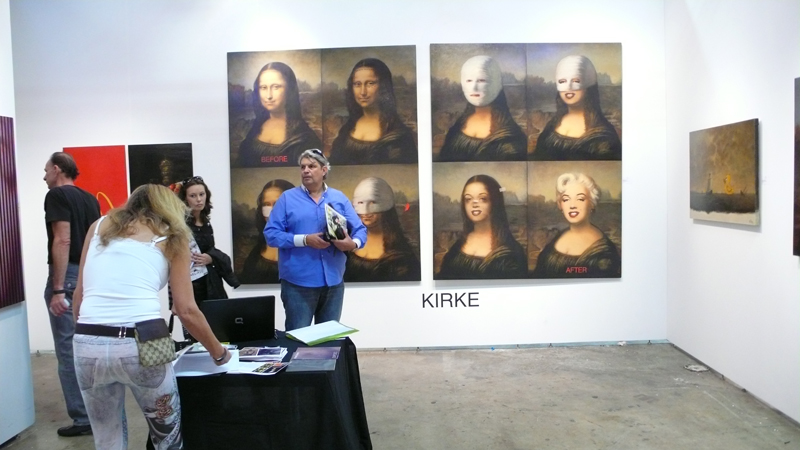

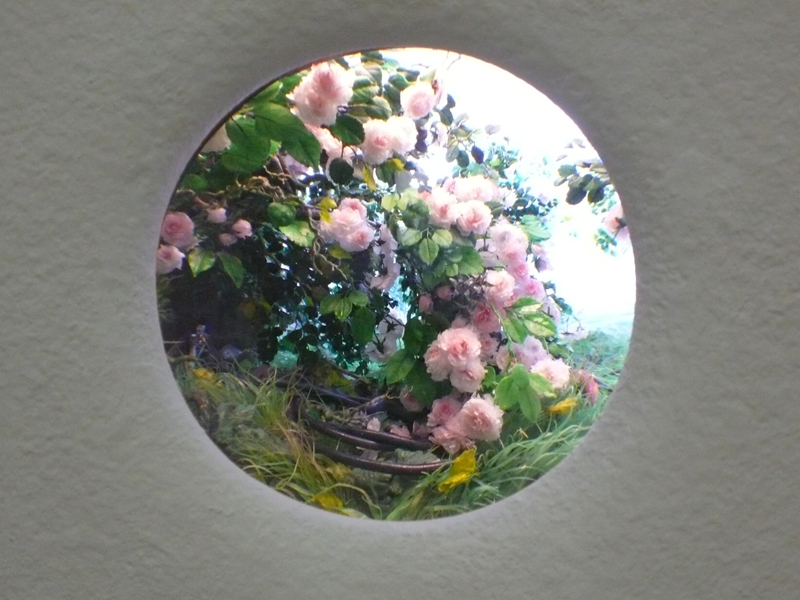
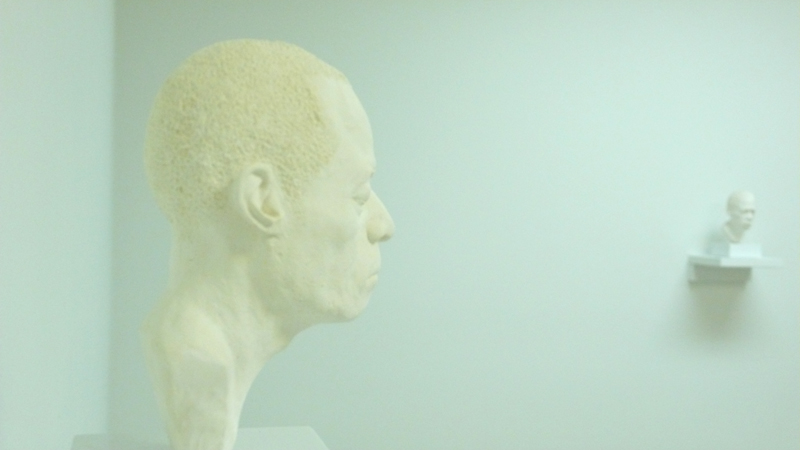
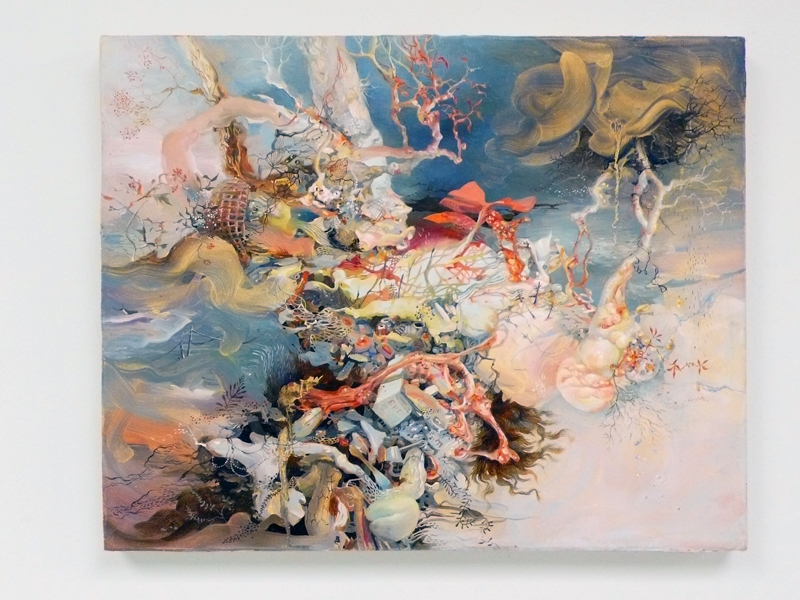
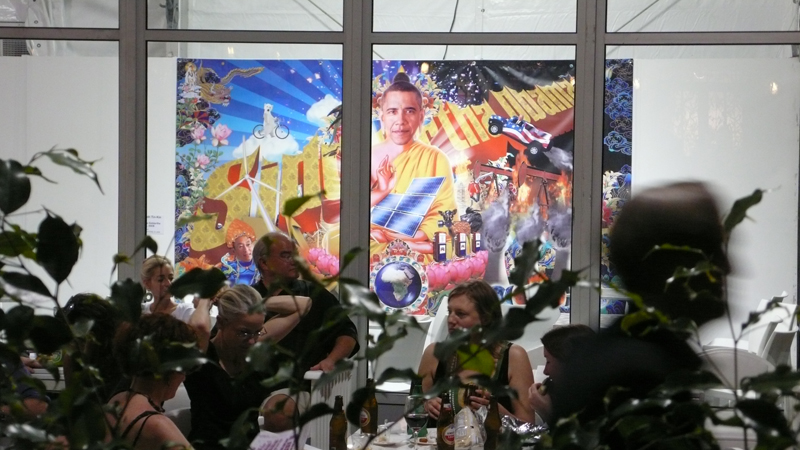
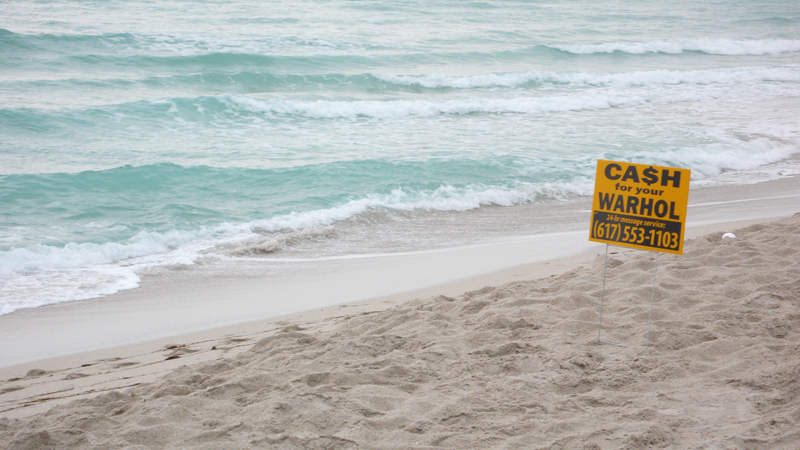
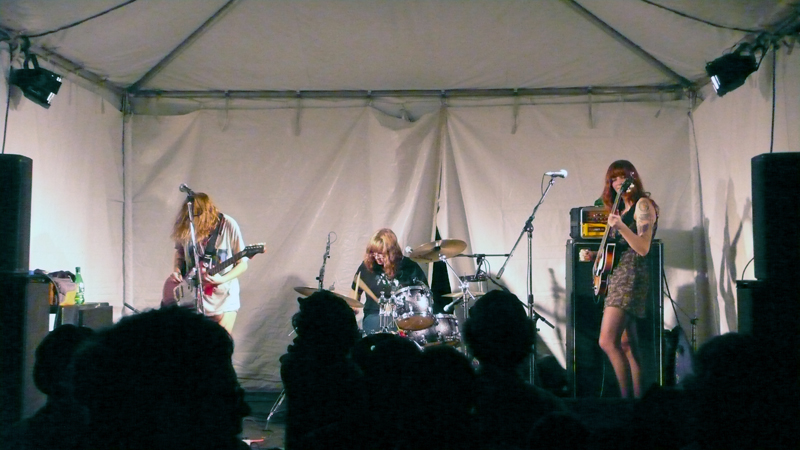
AFTER LAST YEAR’S BUST AT BRIDGE FAIR, one of Art Basel Miami‘s satellite fairs where I showed, I had no intention of going back to a swampland where speculators on unheard-ofs had sunk in the mire. The gallery I went with in 2008 wasn’t going, nor was anyone I knew. Sitting on the couch, watching reruns of Dexter (the friendly serial killer, set in Miami), all seemed lost — and that was fine; I was safe. Yet the more I watched the show’s blood-letting, amidst the peninsula’s spectacular natural beauty, the more I yearned to be back in the craziness and possibilities of Basel. And it was then that I received an unexpected sponsorship to make the trip, courtesy of a mysterious benefactor who’d enjoyed my previous report on the festival. (What, you think mnartists pays that much?) Immediately, I booked a flight to witness (and perhaps cause) a little of the carnage and triumph that is Basel.
Compared to the year previous, I had no prep time before the trip. Once my ticket was secured, I quickly set out to research in earnest the logistics of shelter and shuttling from South Beach to the mainland; even more importantly, I scrambled to figure out where the evenings might best be spent ingratiating myself to dealers and commiserating with other artists. Fortunately, attendance was light enough that I easily obtained a bunk at a hostel. However, I started to freak when I discovered that the mayor had let slide the shuttle service which, on my earlier trip, made the hopping between fairs as easy as a Disneyworld tour (later I would find that the satellites took care of themselves in this regard). Cabs were simply not an option on my recession budget!
OK, like Dexter, I lie to aid my craft. I do know people in Miami, and they picked me up from the airport; my friends, MCAD grad and Savannah College of Art and Design professor, Jim Gladman, and his crew, Alessandro Imperato and Kelley McClung, are the Medeology Collective. New to Basel, they were performing for two nights in Wynwood at ARTery Miami as part of SCULPT. They dropped me off, and I made plans to get to Basel Fair for the press preview and a little of the Vernissage before heading over to see them play.
Basel’s invite-only opening did not fail to amaze and amuse: the volume and variety of press alone at the Fair was impressive. From hardened, clipped-speech reporters to tattooed writers for performance publications and eccentric septuagenarians — truly, the masses were well represented. I did not pause to compare notes with my fellow fifth columnists, however, as I wanted to get a peep at the work before going to see my friends perform. Perhaps I’ve grown too used to visual extremes, or maybe I was looking for a sign of rebirth in the scene or, at least, some indication of boldness, in defiance of the bad economy; but my initial glimpse of this year’s offerings suggested that the fair would be conservative, traditional and blue-chip — a fire sale for the already wealthy. I found neither overarching, zeitgeist-capturing genius nor mind-blowing and novel technique to slice back my lids. As an example, take Evan Penny‘s over-sized Self-Stretch sculptures. Compelling in a reality-check way, his work reprograms our facial recognition synapses to shapes and a scale that is physically disorienting. They are benignly freakish, gravity-sucking face-planets. But interesting as Penny’s sculptures are, we’ve seen one for years already in the bar at Chambers. Emblematic of the conservatism of this year’s offerings was a huge Calder display; I couldn’t help but think it might have benefited from a melding with Mr. Penny’s planets. Sterling Ruby‘s melted snow-cone-cobra of a heart attack, American Risk, was less innocuous; its gross-out, primitivistic sensibility offered what I thought might be a prevalent direction for the bolder work at Basel this year: defiance, renewal, and self preservation of a sub-economic American heartfelt violence versus a safer Swiss paradigm of neutrality and solvency. But, after just these first glimpses, it was still too early to tell what this year’s fair would bring. And so, I headed out, but not before passing by a Richard Prince joke painting: …I collect photographs I got one where Norman Rockwell is beating up a child.
Carnage one, triumph zero.
Arriving at the ARTery‘s compound in Wynwood was like touching down on a flat desert planet swirling with marble dust and strange Freudian, metallic sculpture. Cutting through the mist under the full moon of this 84-degree night were the five projectors, three laptops, and dope sound system of the Medeology Collective. Apocalypse, consumerism, pie charts, and other tools of the fine and graphic arts trades moved across the screen in loops and real time. I became immersed in a hyperworld of intellectual and libidinal pursuits of the Now: old idea, new technology and sophistication. Using appropriated and original imagery, the collective VJ-ed off each other, driven by their manifesto: “…Critical Medeology aims to penetrate the real, to attempt a critical understanding of the real and develop a practice within the dialectical contradictions of the ideological and historical production of the real itself.”
Unfortunately for reality, the group’s Land Rover was not equipped with high-powered projectors to allow drive-bys at the Miami Beach Convention Center. On this second night of filling the walls of ARTery-Miami’s Ballardian compound, they played to an audience that was entirely absent, instead attending the Art Basel Vernissage.
The real cuts deep: carnage two, triumph zero.
PURIFIED FROM SUBMERSION IN THE OCEAN the next morning, I headed over to the intellectual kick-off of Basel: “Art Conversations.” Here, Ai Weiwei took the Oceanfront stage; a small but intent group of listeners were given a rare encounter with the famous international artist, a man whose morals are his aesthetic and vice versa. Recently, Weiwei was in the news recently after he was beaten by the police for his criticism of the paltry investigation by Chinese officials into the alleged construction flaws that contributed to the collapse of grade schools in the Sichuan earthquake. Using children’s backpacks gathered in the wake of the disaster, he created Snake Ceiling, expressive of the kind of ambiguous relationship, at once menacing and beautiful, he feels China has with its people, and certainly with him. Building code violations, corruption, and cover-ups are being investigated by his 100-person documentary film team; it’s they who salvaged the packs from the rubble. The serpent of Snake Ceiling hovers over the viewer, as if ready to strike or collapse on the observers below — it’s Weiwei’s symbol for China itself. The artist was asked by interviewer David Tenari if he thought of China as his ready-made; he answered affirmatively, then went on to give sobering statistics about his native country: “300,000 accidental job related deaths a year, 40,000 fingers lost, basically slave labor…” Neither his task nor practices are easy ones, to bring social conscience to the fore in the great red hamster wheel of progress. Weiwei does it beautifully, though, with contradictory, self-effacing bravado and humor, such as seeding the idea for the Olympic Bird’s Nest Stadium and then renouncing the games and refusing credit. When asked recently by the New York Times if the blow on his head affected his memory, he admitted that his memory sometimes does fail him, but that it’s not so bad because “I don’t have so many good memories anyway.” Grounding the specific with the national and international, he is dread at the helm.
Carnage two, triumph one. Ai Weiwei is also an old friend of writer and photographer Wang Ping, whom I’m showing at the Shoebox, so I stopped over to say hello.
______________________________________________________
Call me old-fashioned, but I expected to see a theme that addressed the global recession. Instead, I was disappointed to find work that mostly plays it safe. Cheeky re-imaginings of spectacular icons, like the artist who transformed the Mona Lisa into Marilyn Monroe, is less than art can do in times like these.
______________________________________________________
At Oceanfront, I also met a friend-of-a-friend, ex-Minneapolitan David Lindberg, who moved to Holland over a decade ago, after a show he had in Europe sold out and cinched it for him. Working in poured resin, some of Lindberg’s work is similar to the aforementioned Sterling Ruby, but it’s more elegant, quirky, and generally likeable — as is the man himself. He said he was checking out the Fair for potential domestic galleries, in hopes they might facilitate his move back to the States, despite the Recession.
Carnage and triumph are now tied. (I am counting hope as triumph — after all, it elected our president.)
My second full day in Miami was beautiful, so rather than spend it in the airless hangars of Basel, I made my way to last year’s fave satellite fair, SCOPE. Greeting me at the entrance was an enormous robot/gamelan machine: The Riot Temple (a visceral exploration of worship and violence). Like most Minneapolitans, living in a city which boasts both the traditional and experimental gamelans (Asian Music Society and the International Novelty Gamelan), I have a fascination for the music and ritualistic puppetry that accompany it. This machine’s martial and festive music and design make a great marriage of opposites: a holy police force or white light riot. I told co-creator Ryan O’Connor that our city would welcome him with open robot arms whenever he wants to bring the work here.
Carnage three, triumph three.
As I entered the SCOPE tent, another ex-Mpls-ite Aaron Spangler‘s work Songbird was dead front and center. All graphite black with its burning book, crossed saws and linked pistols firing into one another, Songbird is an impassible crypt door to the psyche of the Midwest. (One can guess that his Berlin-based dealer might be drawing a parallel with Spangler’s Anselm Kiefer-esque archetypings.)
Unfortunately, overall, SCOPE was a far more uneven fair than last year’s. SCOPE and its foundation have an enormous cross-disciplinary and international reach, including over 70 galleries and an art and science expedition (through their foundation) to the Arctic Circle*. But the necessity to fill an enormous hall in a down economy makes for some odd additions, and there were enough of them to blemish the exhibition’s overall tone. Call me old-fashioned, but I expected to see a theme that addressed the global recession. Instead, I was disappointed to find work that mostly plays it safe. Cheeky re-imaginings of spectacular icons, like the artist who transformed the Mona Lisa into Marilyn Monroe, is less than art can do in times like these (see also William Powhida and Jade Townsend’s ABMB Hooverville drawing (at PULSE Fair), or read the passage in Paul Virilio’s Art and Fear about presentation and representation).
Nonetheless, as I wandered through the Fair, I found some welcome surprises such as the David B. Smith gallery’s display of Minnesotan Gregory Euclide‘s work. (Full nepotistic disclosure: Euclide is another artist in the Shoebox’s roster, from years back.) Done with the French curves and graphics of yore, his new, crushed landscapes are like a model train landscape gone wild. Rather than emitting only the dystopian, however, they are playful; even the piece that spills out of a can of sky blue paint seems benign, creationist.
I had to hand it to SCOPE though, on the realpolitik tip: they let some art shippers have an area for advertising their services. Still, seeing a huge roll of bubble wrap amid the artwork seemed, at best, a metaphor for wanting to preserve the way things were before the crash.
Carnage and triumph: self-canceling.
Walking south down Miami Ave to PULSE, I sidestepped into a huge compound housing the strongest, most consistent curatorial visions of the Fairs thus far. The near anonymous building, co-occupied by Hales Gallery (London) and Pierogi (Brooklyn), had art with sufficient scale and integrity to prompt even Joe Recession to consider tithing his unemployment check to them. Curator Paul Hedge was genuinely happy, even thrilled to be at the Fair, and he showed me around. Patrick Jacobs’ wall-globe inserts offer the viewer and apartment dweller little-big worlds ideal for tiny NYC living spaces. Tom Price‘s miniature plaster heads, sculpted after visits to a casino where he interviewed gamblers who’d just losthave a haunting, glaucous dignity. Price also makes oversize animations of same: dejected and yet resolute.
Finally, an apt metaphor for the Recession, from London with love and I.O.Us.
Not to flog the depression of the real too much, but Jim Stoney’s work also caught my recession drift — his video of an unreal number of vultures circling a river valley was situated across from his solid gold rabbit on a stump. Other artists of note: Tavares Strachan‘s photographs and sculpture create a pseudo-science company rife for post-Duchampian experiments, doubling cracked glass, and other phenomena. Darina Karpov‘s exquisite oils seem to depict amorphous junk flying off the edge of the world, as if over a waterfall; hers is a rendering of chaos and pleasure piping at the gates of new dawn fades.
I vow to return to this exhibition but, of course, I never do.
Carnage zero, triumph seven. (I’m counting the ones I didn’t talk about, too.)
Finally at PULSE, and at the end of what will be many more long days, with just five hours of respite in between them, I saw the VIP Campari bar and let it set me free. Adjacent to the bar was a mural-sized piece of “Barack as the Buddha,” and as I put the red liquid to my lips, I knew everything is going to be just Nirvana. I’d find a gallery and sell some work to real people who know real value. And as the Vivian Girls played nearby, carnage became triumph and vice versa.
______________________________________________________
About the author: Sean Smuda is an artist, gallerist, essayist, and a-looking-for-a-jobist. He makes art and will pre-book photographing your funeral, etc, etc… too. Shoebox Gallery will host an evening of music, dance and poetry by Wang Ping on December 19. In January, Smuda is showing at the Phipps Center for the Arts with Chris Mars. Y’all come down now, hear?
______________________________________________________
*Where the Shoebox Gallery has just sent an exhibition.
(Below: a short video documenting the press preview at this year’s Basel from Vernissage TV)